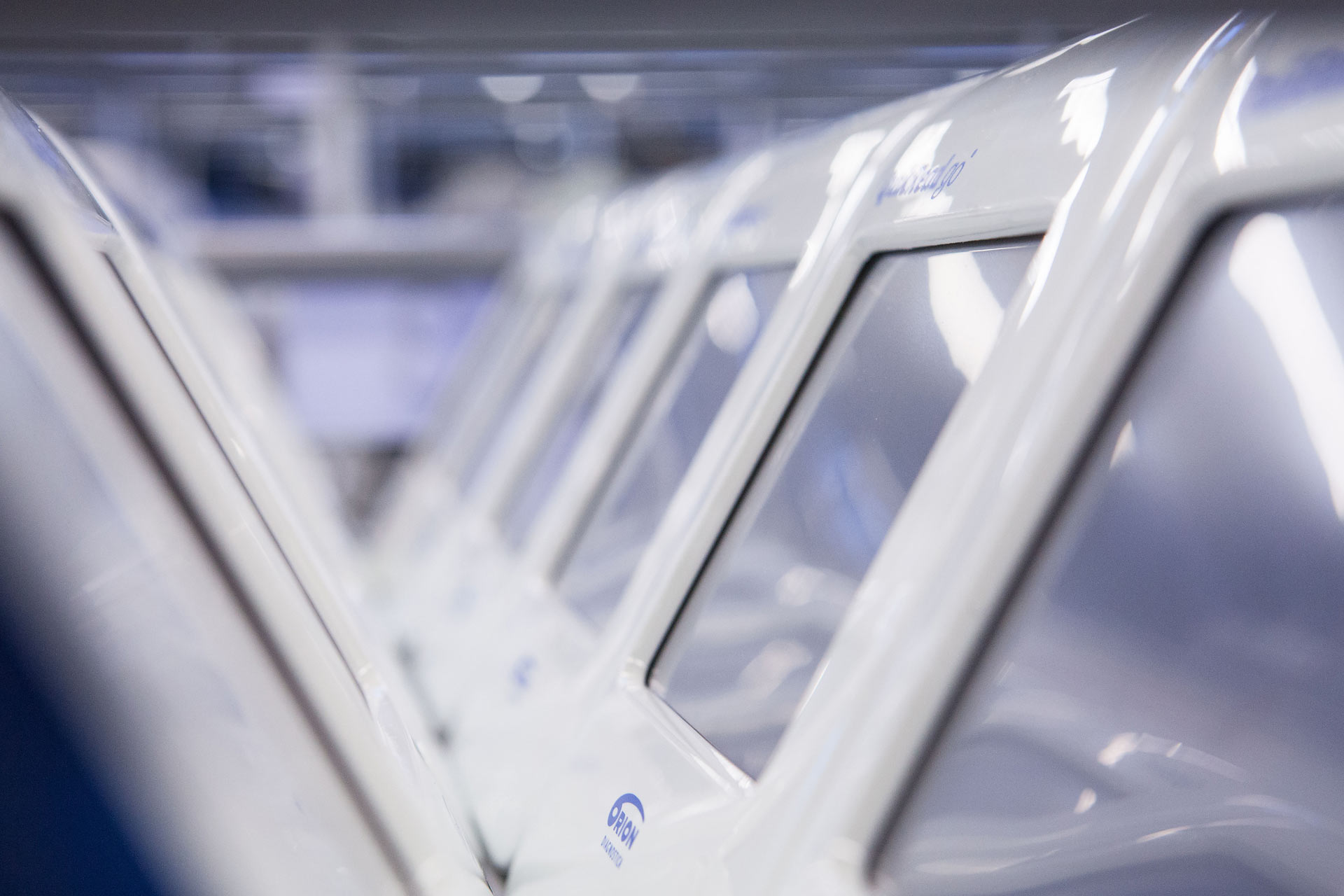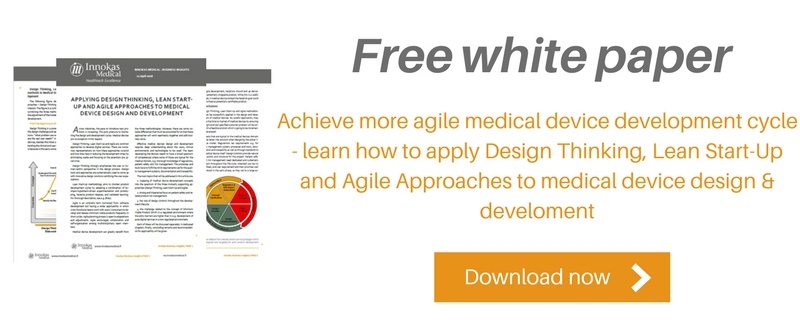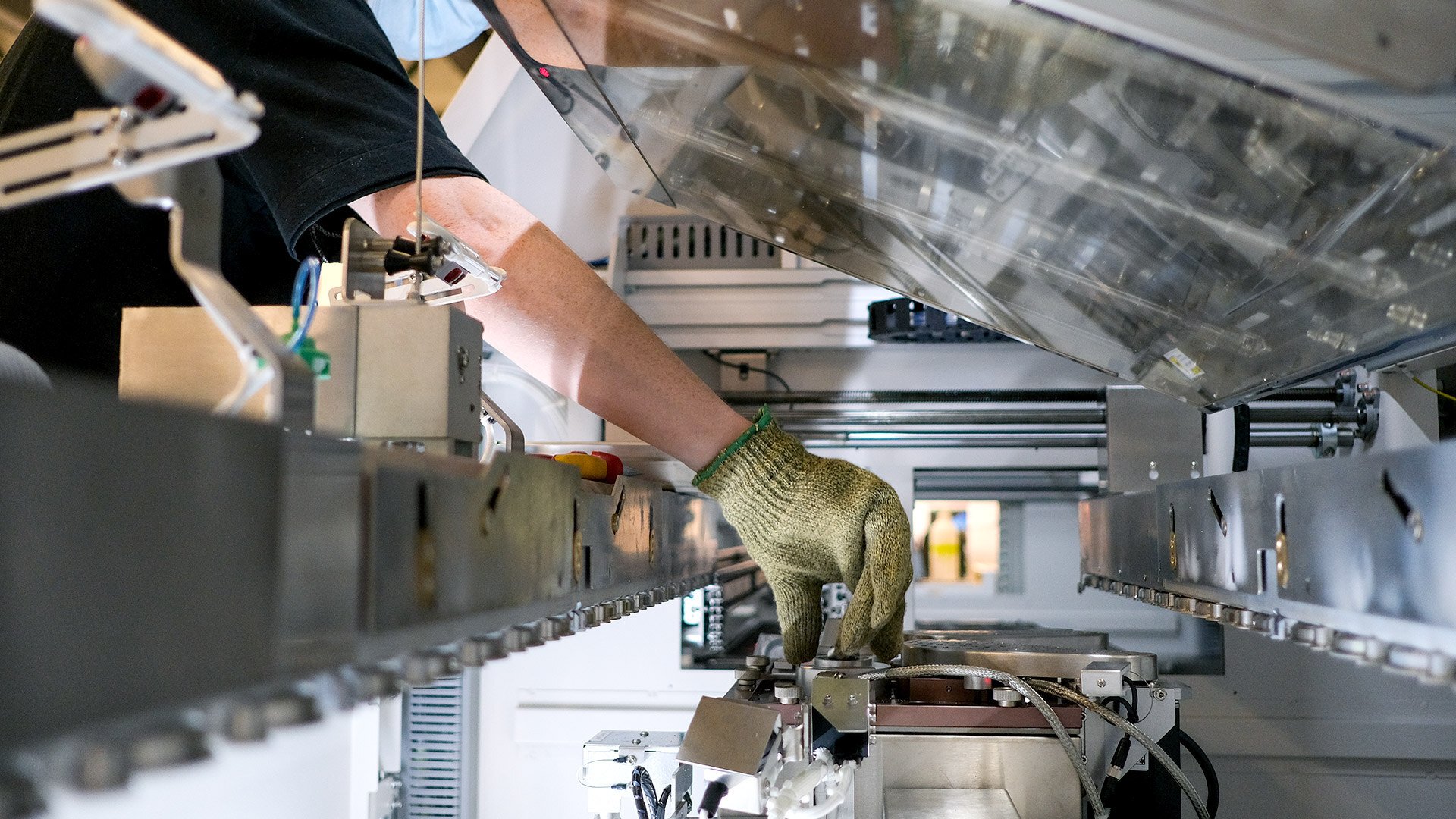In short, Design Controls (or the practices of design and development as in ISO 13485) refers to the application of a set of formal quality practices and procedures to the conduct of product development especially in regulated industries, such as in the field of medical devices, where Design Controls is a part of Quality System requirements. Medical device design and development is subject to defined Design Controls, like the FDA’s 21 CFR 820.30 and ISO 13485 which add to the level of formalism and documentation required, when compared to some other domains. Design controls is applied to ensure and to provide concrete evidence that the designed product – your medical device, your innovation – is safe and meets its user needs and other requirements.
The objective of Design Controls is to establish, follow, and report a methodologically-proven process to develop a medical device – to tell the story of your device. This process provides a well-defined path from planning, to design and implementation, and finally to verification and validation, during which everything is thoroughly documented, risks mitigated, and traceability visible end-to-end.
Design controls begin as soon as the research is over and the design and development of the actual marketable product begins. And this is important – do not miss that turn! You might have spent years of doing high-quality research to create the best, and maybe the only solution for a global need. You might have a perfect prototype available that works with absolutely no issues. However, not even the best of the best medical device innovations reaches the market, if you are not able to provide the required deliverables, records, and documentation on your design control activities – the evidence that your device is safe and effective and suitable for its intended use. Or worse – they do reach the market and need to be recalled due to, though extremely important, but still, a formality.
Top 5 obstacles when considering Design Controls
The vast amount of required documented and reported Design Controls over medical device development may seem overwhelming and overly complicated. Design Controls may seem as a mandatory obstacle on the way of innovation and agile practices; slowing down the progress and standing on the way of success. The top obstacles in applying Design Controls discussed in the field include (but are not necessarily limited to) the following:
- Design Controls increases the costs of product development
- Design Controls increases the rigidity of the design and development process
- Design Controls increases the product’s time to market
- Design Controls inhibits innovation
- … In general, there is just never time nor money to do it right the first time, but there is always time to do it again
Let’s now put these obstacles aside for a minute and concentrate on the benefits of Design Controls, as they are many. You may not even be aware of all of them, as when you apply good controls, you only have to do things once!
Top 10 benefits of applying appropriate Design Controls
Medical devices are developed for humans and for human use, by humans. In their own way they are all intended to increase the quality of life of our fellow men, ourselves, our closest ones. They are intended to prevent us from getting ill, and when we do get ill, to enable appropriate diagnosis, to treat conditions, to alleviate diseases, and to compensate our injuries. They are intended to provide means to extend the time we are able to live a life that is worth living.
Now why would we not take a little time to ensure that our devices really are able to do what we say they do? To ensure they work as we intended them to work and are safe to use? If we look at our subject again, we can pretty easily establish – at least – the following bonuses of applying appropriate Design Controls to your medical device development process:
- Design Controls enables you to ensure and prove that your product fulfills its requirements (e.g. regulatory, standards, user, patient, environmental, and so on, but also cost, manufacturability, maintainability, extendibility, etc.), thus –
- Enabling you to ensure and prove that your product is suitable for its intended use;
- Enabling you to ensure and prove that your product is safe and effective; and
- Enabling you to ensure that you are creating a product that can be appropriately and efficiently maintained and provides an acceptable income.
- Design Controls decreases the time required for rework, corrections and corrective actions, thus –
- Decreasing the product’s time to market; and
- Decreasing the overall cost of your product development activities (highlighting my point 4 above).
- Design Controls result in a comprehensive set of documentation and records that you will need when applying any certification, market approval, or other regulatory status for your product, and –
- Provides required traceability between your numerous design inputs and outputs, risk management, and verification and validation; and visibility to your processes.
- Design Controls helps you to establish a healthy basis for the further development of your product (all points above) and to ensure your success!
Got your attention? Great! But where to start? A couple of tips on that as well!
How to get started?
The answer is quite clear: start from the beginning. What is the intended use of your device? Is it really a medical device? If yes, what is its classification? And by which regulations and standards? Where do you intend to sell your device (areal and national regulations and standards)? Go through the applicable regulatory requirements and define and acquire the standards you will need to apply to ensure the requirements are fulfilled. Establish an appropriate quality management system, including appropriate Design Controls. Establish a realistic plan for your product realization and define and ensure the required resources and their competence: project management; quality assurance; document controls; sourcing; software team, hardware team, mechanics team; usability; verification and validation; manufacturing, and so on.
For new businesses when entering the field of medical device design and development, the start of all this may be overwhelming, as it is not a piece of cake for established companies either. Additionally, meeting the continuously evolving quality and regulatory frame controlling the field may seem difficult. To ensure the efficiency during design and development of medical devices, it is clear that companies should strengthen and wisely organize their regulatory compliance know-how and competences.
One concrete example how to do so is to invest in competences in Design Controls, its resourcing and continuous development of the team, and to integrate all this as a natural part of the company’s design organization. When doing so, the company can ensure that they have a competent team in-house supporting the medical device development projects according to applicable regulations, guidance documents, and standards. In the future, compliance and QA/RA expertise may even become one of your competitive edges!
If you do not want to invest in your own resources, the success in the future can be achieved through co-creation partnership. We see co-creation as one of the key elements to get certified, high-quality medical products to the market quickly and smoothly as your professional cooperation partner can provide you with the expertise and experience your company may currently be lacking.
Do you want to discuss about the subject with our professionals? Do not hesitate to contact us!
At Innokas Medical’s Design Studio the named Design Controls function is responsible for further development of our design and development processes and associated practices. In addition, it acts as quality and regulatory representative in the design organization and keeps the engineering team up-to-date with changes in rules, regulations, and standards. Design Controls also supports our customer projects in terms of design control activities and other quality and regulatory related aspects, as well as runs and participates in formal design reviews as QA&RA representative, challenging the device design and development with the aim to ensure adequate process outcome. With this tight integration we aim to ensure more efficient way of achieving quality and regulatory compliance in product development enabling more agile projects by doing things right the first time.
In addition to the importance of quality and regulatory compliance, the whole medical device development process should follow certain rules and best practices to achieve the more agile medical device development cycle. According to our studies, the commonly known three methodologies of product development - Design Thinking, Lean Start-Up and Agile methodologies - are something that can be successfully applied to the design and development of medical devices. When done properly, they reduce the time to market of the device by ensuring that right and well specified customer problem will be solved with a feasible solution, which is going to be incrementally developed.
In our White Paper we’ll describe in a detailed level how to get high-quality medical product to the market as quickly as possible by using these three methodologies. Please, download your free White Paper below!











